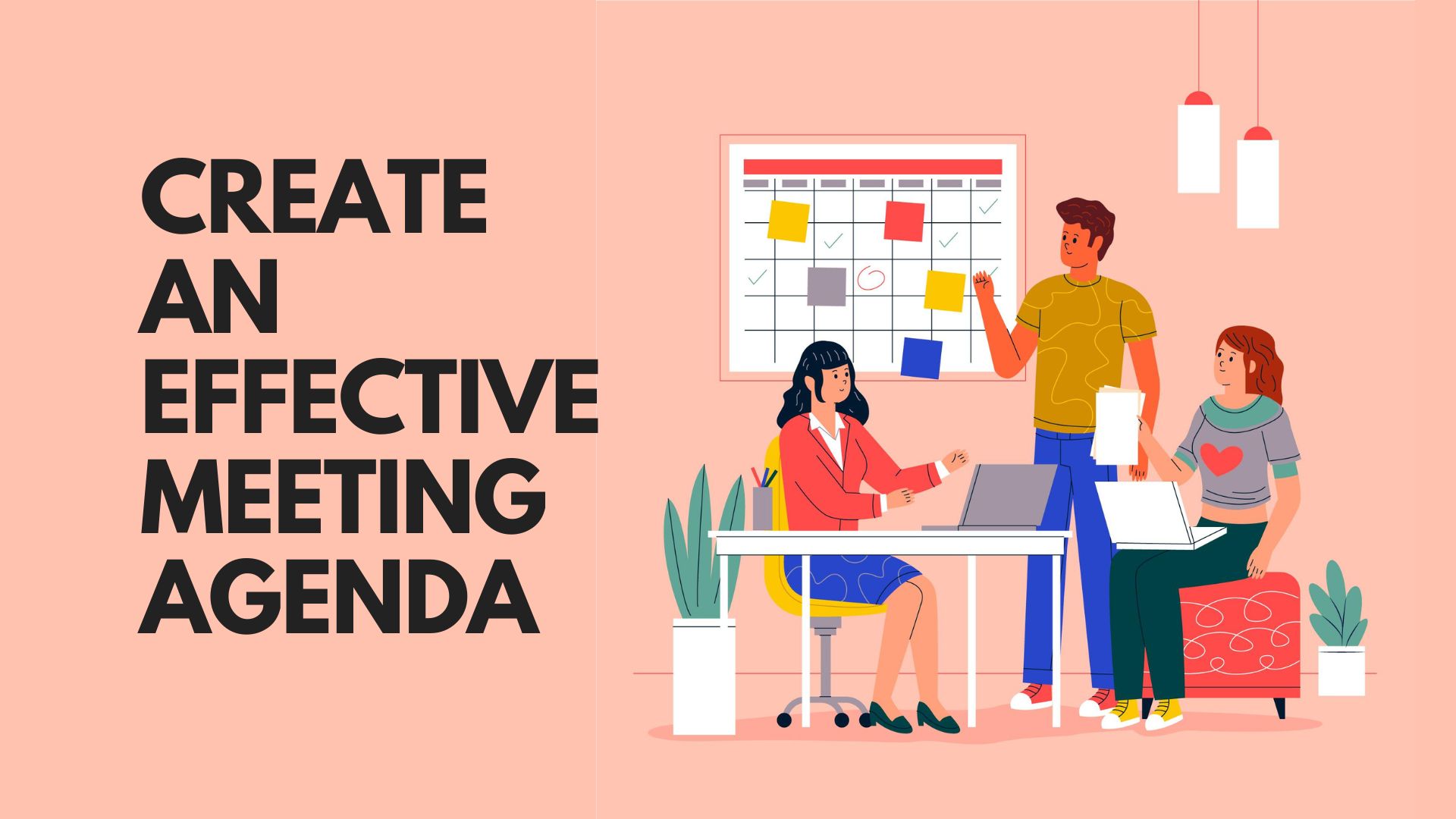But innovation comes from people meeting up in the hallways or calling each other at 10:30 at night with a new idea, or because they realized something that shoots holes in how we’ve been thinking about a problem. – Steve Jobs
Few people get excited about meetings. There are good reasons for this problem too. Meetings often become long-winded affairs where many people are not really contributing, and, sometimes, that happens because the people have no real reason to be there. Meetings can feel like a way to waste precious time. However, when done correctly, they can also be powerful tools that allow teams to collaborate and get on the same page quickly and efficiently. One way to achieve that result is to construct a solid meeting agenda.
Let’s find out what makes for a good meeting agenda that will leave employees satisfied and ready to get to work.
Focus on the essentials
There are times when everything seems to be essential. But this is an illusion. The key skill in setting up a meeting is to define the priorities. If the meeting will be about an event, don’t add things unrelated to it to the agenda.
Allow the meeting to have a clear focus and make sure that the focus is on the most important thing right now. Write down on the agenda the key points and questions that will need to be answered during the alloted time.
Respect people’s time
Meetings can be unavoidable, but they can become useful tools rather than dreaded experiences. One of the best ways to ensure this is to respect people’s time. Try to make meetings quick and focused rather than meandering.
This means that you will also need to moderate the meeting agenda. Consider that the moderator will need to intervene to reduce interventions that do not add value to the meeting, like random questions or questions. Your goal is to help people make the best use of their time and reduce how much they spend on doing something that is not directly their responsibility.
Note the key points and follow them
It’s important to keep the main points in writing. Make sure that everyone has access to the plan and also keep watch to ensure that the conversation does not drift too far away from what’s on the plan.
If other people are trying to take the dialogue in another direction, don’t be afraid to stop them and to offer to discuss the other points another time. Adherence to the plan, within reason, can shave a lot of time in a meeting and make it more focused on the specific topic.
Keep a separate section for questions
Questions and comments can be valuable if focused on the topic. However, a good tip is to offer a special section that focuses on members’ additional contributions. For new questions, matters, and more, set time aside at the end.
Be kind and firm
An effective meeting agenda needs to be guarded with care, as there are always people who come into them with their concerns. It’s useful to interrupt them if necessary and redirect their attention back to the topic at hand.
Be kind when making observations but do not let others to push too much on changing the topic, asking a questions, and more. This can help people feel respected but also respect the rules of the agenda.
Take time before and after
It’s useful to prepare the meeting agenda before the actual reunion. Make sure that you give a few minutes to writing down the agenda and that everyone has access to it. Also, set ground rules depending on your particular group. Some groups need to be reminded to participate, while others should be reminded to keep their comments short and to the point.
After the meeting, it’s useful to do a post-mortem. Examine what went right and offer positive observations. But also note what can be improved and where the problem lies. Define them and work better to enhance the situation the next time. Improve your meetings until they run smoothly.





